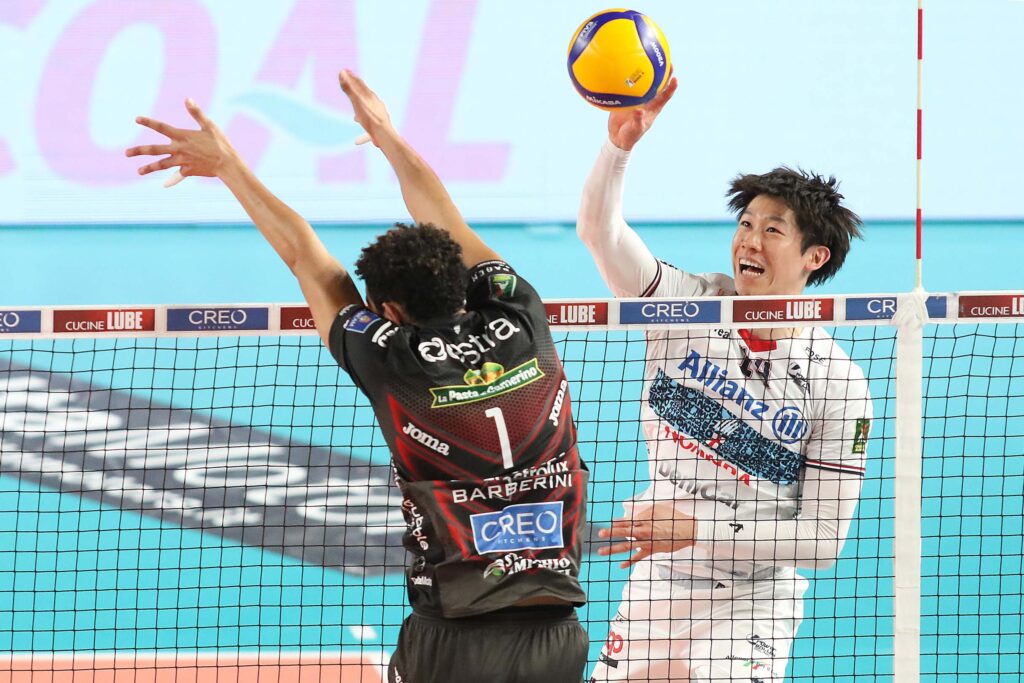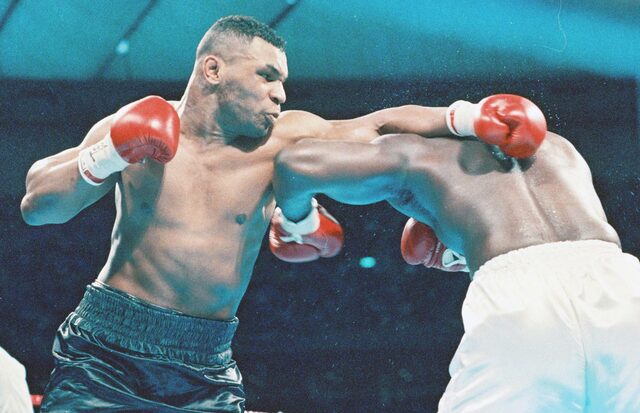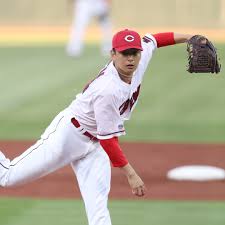
Kendo is more than just a martial art; its techniques are steeped in deep philosophy and rich history.
In this article, we delve into the topic of “Kendo’s Strongest Techniques” and explain in detail its complex techniques and strategic sophistication.
We will explore what the strongest techniques are, how to learn them, and apply them in actual combat, and explore how the mental and physical techniques of Kendo intertwine.
We aim to provide insight for Kendo enthusiasts and practitioners to take their skills to the next level.
Through this article, we hope you will understand the significance behind Kendo techniques and their evolution, and gain new inspiration for your Kendo life.
目次
- 1 Introduction: Exploring the strongest techniques in Kendo
- 2 From basic techniques to advanced techniques of Kendo
- 3 Famous Kendo techniques and their anecdotes
- 4 Analysis of techniques known as the strongest
- 5 Kendo techniques training method
- 6 Evolution of techniques in modern kendo
- 7 Summary and lessons learned from Kendo techniques
Introduction: Exploring the strongest techniques in Kendo
Kendo is known for its historical depth and technical complexity.
This martial art is more than just a physical technique, there is a rich culture and philosophy behind it.
In order to understand the strongest techniques, it is necessary to deeply understand not only the technical aspects of Kendo, but also its historical background and cultural significance.
Technical depth and historical background of Kendo
Kendo techniques can trace their origins to Japan’s samurai culture.
Samurai refined many sword techniques for the purpose of survival in actual combat.
These techniques were later systematized and refined into the form of Kendo.
Each technique has a specific philosophical meaning, and each one functions not only as a means of attack or defense, but also as a tool for self-refinement.
The technical depth of Kendo can be seen in the variety of striking points and methods.
From the most basic moves to the most advanced tactical moves, each is designed to be optimally effective against specific situations and opponents.
These techniques require the swordsman’s ability to read his opponent’s movements and react with proper timing and precise technique.
Kendo practice requires not only the mastery of these techniques, but also the mental maturity that supports them.
Kendo also has value as an introspective practice, as improving one’s technique also comes from facing one’s inner self.
Throughout this section, we will explore how the techniques of kendo are more than just a fighting technique, but serve as a means of spiritual growth and self-actualization.
In the next section, we will provide a detailed explanation of Kendo techniques, from basic techniques to advanced techniques.

From basic techniques to advanced techniques of Kendo
In Kendo, basic techniques and advanced techniques complement each other, with the aim of acquiring and improving techniques.
These techniques form the basis for a swordsman to make appropriate decisions and actions during combat.
Overview and importance of basic technology
The basic techniques of Kendo are the first techniques taught to those learning Kendo.
This includes basic strikes such as “men,” “kote,” “dō,” and “tsuki.”
These techniques are essential for solidifying the foundations of Kendo, as they help you learn accurate body movements, proper posture, and effective sword swings.
By learning the basic techniques, athletes build the foundation of the physical strength and techniques necessary for kendo kata and practical application.
Introduction of applied techniques and their effects
Applied techniques are techniques that have been developed by further refining basic techniques and responding to a variety of situations in actual combat.
This includes combos that combine multiple attacks, and breaking techniques to overwhelm your opponent’s techniques.
Applied techniques training focuses on honing the swordsman’s control over reading (the ability to predict the opponent’s intentions), distance, and timing.
These techniques are highly effective in increasing your tactical flexibility and creativity in your matches and giving you an advantage over your opponents.
Thorough mastery of basic techniques is essential to success in advanced techniques, and both are interdependent on the journey to improving Kendo techniques.
These techniques are constantly refined through Kendo practice and prepared for practical application.
In the next section, we’ll delve into more detail about famous Kendo techniques and their anecdotes.

Famous Kendo techniques and their anecdotes
The history of Kendo is colored by many famous techniques and famous swordsmen who mastered them.
These techniques continue to have a major influence on today’s Kendo techniques and strategies, and each has an interesting story behind it.
Kendo techniques famous throughout history
Some of the techniques that are particularly well-known in Kendo include “Itto Ryodan” and “Musou Jikiden Eishin-ryu”.
These techniques originate from specific Kendo schools and are known for their practicality and beauty.
For example, “hitto ryodan” is a technique to control an opponent’s attack with a single swing and counterattack at the same time, and requires extremely high skill and calm judgment.
In addition, Muso Jikiden Eishin-ryu is one of the schools of ancient martial arts, and is known for its unique philosophy and technical system.
Examples of techniques by famous swordsmen
Throughout history, many swordsmen have become famous for their skills.
Among them, swordsmen like Kanetoshi Takayanagi and Hiromichi Nakayama have played important roles in the evolution of Kendo techniques.
Kanehisa Takayanagi is known for respecting the basics of kendo, but for creating many techniques that can be applied to different situations.
His skills were based on precise, calculated movements and insight into his opponent’s intentions.
Hiromichi Nakayama is also known for his powerful strikes and tactical skill, and his fighting style has influenced many modern Kendo practitioners.
The anecdotes of these famous techniques and swordsmen are a source of lessons and inspiration in the development of modern Kendo techniques.
For those learning kendo, studying and understanding these historical techniques is extremely valuable in improving their own techniques and deepening their deep insight into kendo.
In the next section, we’ll provide a detailed analysis of the most powerful techniques, delving into their tactical benefits and real-world use cases.

Analysis of techniques known as the strongest
The “strongest” techniques in Kendo receive special recognition for their effectiveness, tactical advantage, and versatility in actual combat.
These techniques require situational judgment, precise execution timing, and tactical adaptability, and are among the most advanced of Kendo techniques.
Tactical advantages of each technique and examples of use in actual combat
As an example, the “tsuki” technique is one of the most direct and quickest techniques in kendo, aiming at the opponent’s throat.
The tactical advantage of this move is its speed and directness, allowing you to exploit your opponent’s defenses when they are weak.
As an example of its use in actual combat, it is possible to take the initiative by executing it quickly while the opponent is preparing to attack.
In addition, “Nukiuchi” is a technique in which you dodge your opponent’s attack and counterattack at the same time, making it a combination of defense and attack.
This technique is specifically used to predict the opponent’s sequence of attacks and break their rhythm.
The tactical advantage is that you can take advantage of your opponent’s off-balance position to counterattack.
Conditions and selection criteria for effective techniques
The criteria for selecting the best techniques include the following factors:
- Low predictability : Techniques that are difficult for the opponent to predict have a higher success rate.
- Versatility : Techniques that can be applied in a variety of situations are more valuable.
- Precision of Execution : How precisely a technique is executed also greatly influences its effectiveness.
In addition to meeting these conditions, the strongest technique will also depend on the physique, style, and experience of the individual Kendo practitioner.
Therefore, it is important to identify the techniques that best suit your kendo style and have high tactical utility.
Through this section, you will gain a deeper understanding of the characteristics of the strongest techniques in Kendo and how to use them effectively.
In the next section, we’ll delve into more detail on how to train these techniques.

Kendo techniques training method
Efficient and strategic training is necessary to hone your Kendo skills, especially to master the strongest techniques.
Here, we’ll provide you with specific practice methods to master these techniques, as well as helpful tips for your daily training plan.
How to practice to master the strongest techniques
In order to master the most powerful technique, it is important to first understand the exact movement of the technique, and then let your body memorize it through repeated practice. Please follow these steps:
-
Decomposition learning of techniques : Breaks down the target technique into small movements and allows you to perform each movement accurately. Breaking down the movement makes it easier to understand each step of the technique and helps you learn the correct form.
-
Mirror training : Correct your form by practicing while watching yourself in the mirror. By visually checking your movements, you can make more detailed adjustments.
-
Shadow Strike : Repeating a hypothetical attack or defense move in the absence of an actual opponent. This exercise is effective for smoothing the flow of techniques and improving reaction speed.
-
Sparring : By practicing techniques while actually competing against a partner, you will develop skills that can be applied in real combat. Sparring with a partner is great for understanding the timing and distance of your moves.
Practice plans and daily training tips
A daily training plan is important to maintain effective Kendo practice. Please consider the following tips:
-
Use a practice diary : Record your daily training and self-evaluation to track your progress. This habit helps you stay motivated by visually seeing which techniques are improving.
-
Regular Feedback : Seeking regular feedback from coaches and experienced fencers will help you identify areas for improvement and make your training more effective.
-
Balanced Training : Improve your overall Kendo performance by incorporating not only technical practice, but also training to improve your physical strength, flexibility, and mental strength.
By incorporating these methods, you will be able to take an efficient and effective approach to learning Kendo techniques, especially the techniques that are said to be the strongest.
The next section provides a detailed explanation of the evolution of techniques in modern Kendo.

Evolution of techniques in modern kendo
Kendo has evolved over its long history, but the changes in technology have been especially noticeable in modern times.
Understanding the transition from traditional techniques to modern approaches is very important in the practice of Kendo.
This evolution has affected not only the technical aspects of Kendo, but also the tactical and educational aspects.
Transition from traditional techniques to modern approaches
Kendo techniques were originally designed for actual human combat, and each technique was developed based on actual combat.
However, as time progressed, Kendo’s character changed from a mere fighting technique to a martial art that valued morality and spirituality.
As a result of this change, Kendo techniques began to focus less on practicality and more on beauty of form and precision of movement, and safety became more of a consideration in the execution of techniques.
In modern Kendo, the emphasis is on gaining points in matches, so learning techniques with speed and precise timing is required.
Background of technological evolution and future trends
Behind the technological evolution of Kendo is an emphasis on its sport aspect.
As the sport has become more recognized as an international sport, there has been a need for a format that is more appealing and easier to understand for spectators.
Improvements in safety equipment and changes in game rules are also having an impact on technological evolution. In the future, it is expected that technology will become more standardized and internationalized.
This will increase competition in international competitions, fine-tuning techniques and developing new tactics.
It is also hoped that the aspect of Kendo as an educational tool will be strengthened, and that Kendo will become more popular among young people.
Understanding the evolution of techniques in modern kendo provides guidance in practicing kendo and helps the swordsman grow both technically and spiritually.
With this deep understanding, kendo practitioners can embrace innovative approaches while preserving tradition.

Summary and lessons learned from Kendo techniques
Kendo has educational value beyond just an athletic competition, offering many important life lessons through the acquisition of techniques.
Kendo training provides many mental and physical benefits, which also positively impact the daily life of the practitioner.
How mastery of Kendo techniques affects individuals
The process of learning Kendo techniques contributes to improving self-discipline, patience, and concentration.
Learning Kendo is not just about improving your physical skills, it also leads you to a consciousness that goes beyond your ego.
By training in Kendo, individuals learn how to deal with stress and develop the ability to make calm, deliberate decisions.
These skills are extremely useful not only in the Kendo dojo, but also in school, at work, and in everyday relationships.
Benefits of practicing Kendo to the mind and body
Kendo practice is rich in elements that promote not only physical health but also mental health.
Kendo is a full-body exercise that improves cardiovascular health, strengthens muscles, and improves flexibility and reflexes.
Kendo’s mental training also has a meditative aspect, which can improve concentration and help you recover from everyday stress.
Additionally, Kendo’s ethos of courtesy and respect helps practitioners develop a more considerate attitude.
These mental and physical benefits of Kendo practice help practitioners maximize their potential and achieve better outcomes in all other aspects of life.
Kendo is more than just a sport, it is a lifelong journey of learning and growth, and the lessons learned through it are of immeasurable value.




